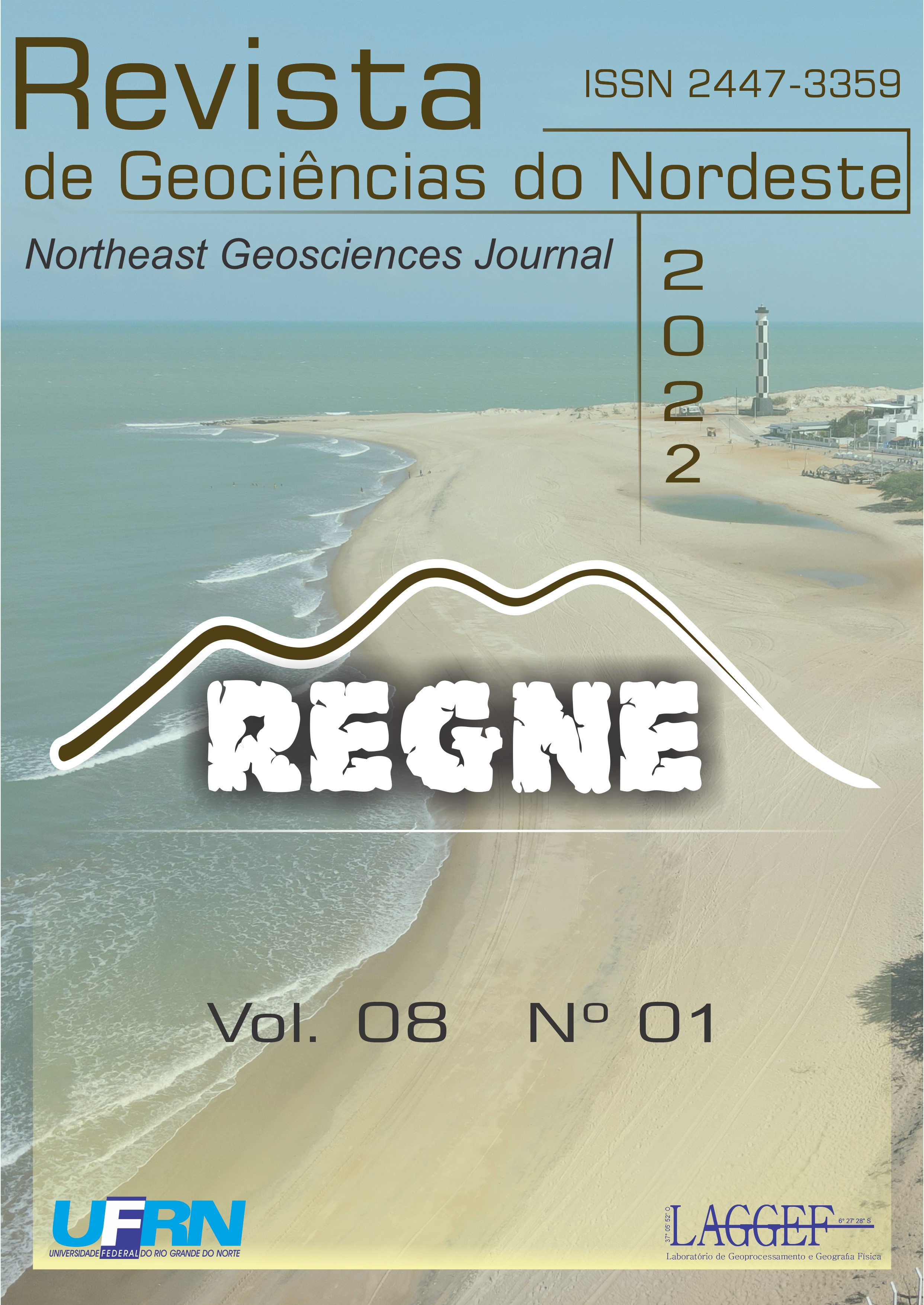aquifer vulnerability to pollution: a methodological review
DOI:
https://doi.org/10.21680/2447-3359.2022v8n1ID26339Abstract
Groundwater represents the largest volume of fresh water available on planet Earth, therefore, it is considered to be an essential resource for humanity’s water supply. However, the advance of civilization has contributed to the pollution of aquifers, which has increased the necessity for the remediation and preservation of these systems. Hence, since the 1960s, researchers have been studying the concept of the vulnerability of aquifers, which has led to an understanding that the degree of vulnerability of an aquifer is associated with a set of physical, chemical and biological characteristics of the unsaturated zone and/or from the confining aquitard, which control the arrival of contaminants into the underground system. Simultaneously, delving into this study has been possible thanks to the mathematical approach that has been adopted, enabling the development of cartographic methodologies which delimit vulnerability classes, such as COP, DRASTIC, GOD and AVI. Despite that, these methodologies use formulations with different physical and geological criteria, resulting in different maps for the same study area. Considering this particularity, the present study proposes to introduce a methodological review of the four above-mentioned methodologies, aiming to designate their most appropriate uses in different geological and geographic environments.


 Português (Brasil)
Português (Brasil) English
English







